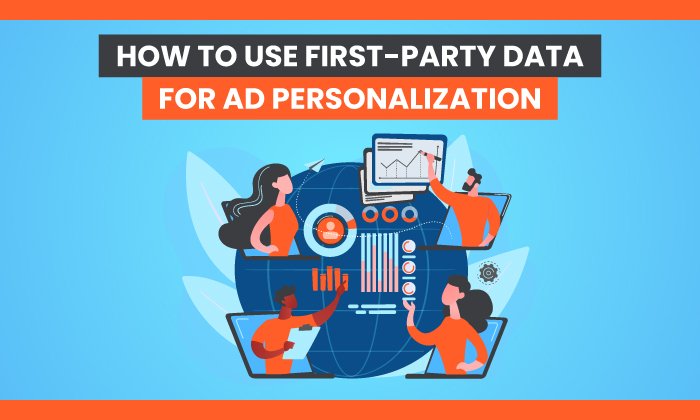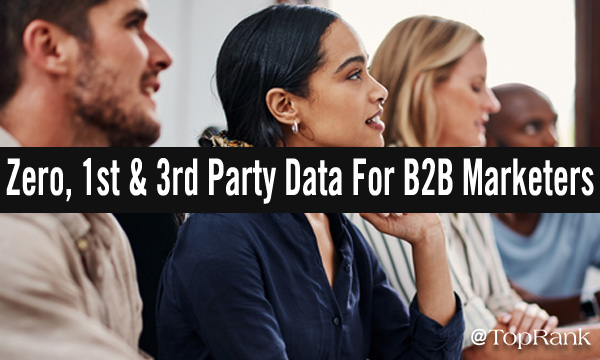How to Nail First-Party Data Strategy According to a Google Director of Product Management [+ New Data]

By cdelprincipe@hubspot.com (Curt del Principe)
Between shifts in technology, the economy, and consumer behavior, 2024 has brought marketers a new level of uncertainty. I’m right there with you, and I’ve bought stock in Pepto Bismal.
So when I got the chance to chat with Christophe Combette, a director of product management at Google, I wanted to know what there is to be excited about in marketing.
His surprising answer? Data privacy and first-party data.
I know, I know. Mentioning those things to marketers right now is like kicking a hornet’s nest. Core updates. iOS changes. GDPR and CCPA. The unknown future of 3rd-party cookies. It’s like a wild, marketing-themed cover of that one Billy Joel song.
But Combette shared how these changes are making marketing better for consumers AND marketers alike — if you start soon and play your cards thoughtfully.
And guess what? I’ve got some data-backed tips on how to do just that.
Below, you’ll learn Combette’s perspective on how first-party data will help you crush your marketing goals while earning your customers’ trust by preserving their privacy. But first, let’s jump back to what first-party data even means.
“First-party data is the data your customers are knowingly sharing with your business,” Combette explained.
When I hear from marketers that haven’t tried a first-party approach, it’s usually because they don’t truly know what it is. And, consequently, they worry that they can’t leverage it for the kinds of strategies they’re used to.
Close your eyes and imagine building a high-performance campaign using all of the following, while still respecting your customers’ consent and privacy:
- Demographics
- Firmographics
- Website behavior
- App behavior
- Social media engagement
- Purchase history
- Feedback and survey insights
- Customer service interactions
- Loyalty and rewards program data
- Email engagement
- Etc.
Chances are, you’ve already got some good ideas in mind (you rockstar, you), and it wouldn’t take that much to get started.
With that data you could build a lookalike audience, run a re-engagement email, or create all sorts of clever segmentation or personalization. Since it’s all consentfully given, it respects your audience’s privacy. And since it comes from the source, you know it’s accurate.
And that isn’t even close to an exhaustive list.
(Side note: You’ll sometimes see a distinction made where data you gather is considered first-party, while data you’re given by customers is called “zero-party data.” To be honest, I find little value in separating the two. You should be using both and you’ll be combining them anyway.)
“You have this wealth of insights from your customers that’s aligned to your business outcomes,” Combette said. “And that combination together is one of the most powerful constructs.”
Let’s take a look at just how powerful.
4 Ways First-Party Data is Helping Marketers
When I referred to switching to first-party data as a challenge, Combette took a moment to gently correct me.
“I wouldn’t necessarily call it a challenge as much as it is a big shift …read more
Source:: HubSpot Blog

![Download Now: Introduction to Data Analytics [Free Guide]](https://no-cache.hubspot.com/cta/default/53/8982b6b5-d870-4c07-9ccd-49a31e661036.png)






